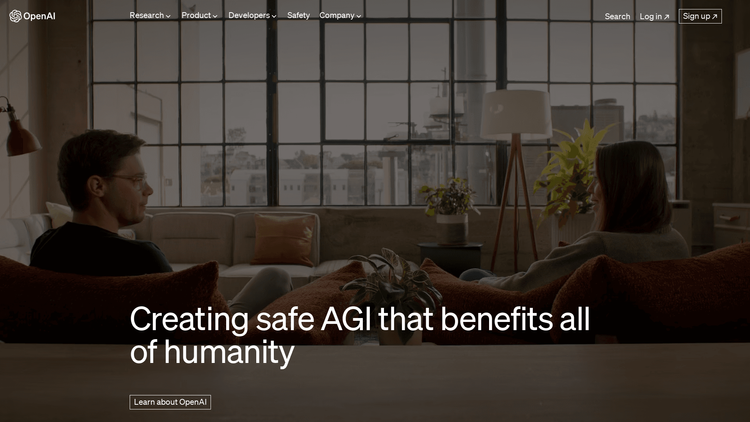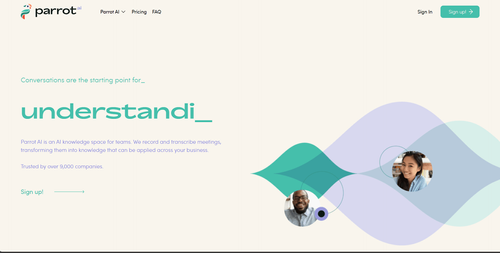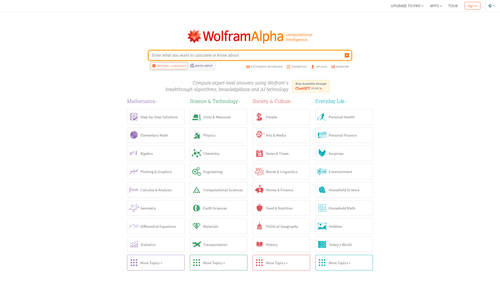What is OpenAI?
OpenAI is a research organization and technology company that focuses on developing and promoting artificial general intelligence (AGI) technology. AGI refers to highly autonomous systems that can outperform humans at most economically valuable work. OpenAI aims to ensure that AGI benefits all of humanity and works towards long-term safety and responsible development.
How to Use OpenAI: Step-by-Step Guide to Accessing the Tool
- Visit the OpenAI website and create an account.
- Once logged in, explore the various products and resources available.
- To access the tools developed by OpenAI, such as ChatGPT and GPT-4, check the documentation and API reference for in-depth information.
- Follow the provided guidelines to integrate OpenAI's models and APIs into your applications or projects.
- Experiment and iterate with the tools to harness the power of AI in your work or creative endeavors.
OpenAI Use Cases
OpenAI's technologies have a wide range of applications across various industries and sectors. Here are some notable use cases:
- Language Generation: OpenAI's language models like GPT-4 excel in generating human-like text, which can be used for content creation, drafting emails, chatbots, and more.
- Productivity Enhancement: By leveraging OpenAI's tools, individuals and businesses can automate repetitive tasks, generate code snippets, perform data analysis, and facilitate research.
- Education and Learning: OpenAI models can assist in creating interactive learning platforms, personalized tutoring, language translation, and enhancing educational content.
- Creative Applications: Artists, designers, and writers can utilize OpenAI's technology, such as DALL·E 2, to generate novel artwork, concept designs, and aid in the creative process.
- Research and Innovation: OpenAI's models support research in various scientific disciplines by providing assistance in data analysis, hypothesis generation, and understanding complex systems.
- Language Understanding and Processing: OpenAI's language models can aid in natural language understanding, sentiment analysis, summarization, and improving chatbots and virtual assistants.




